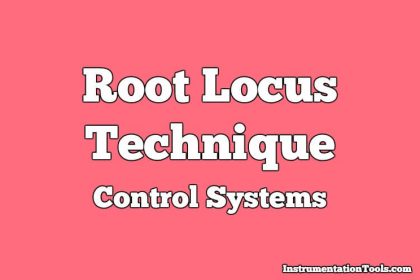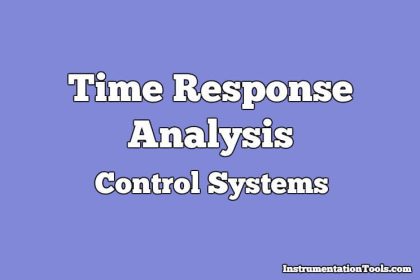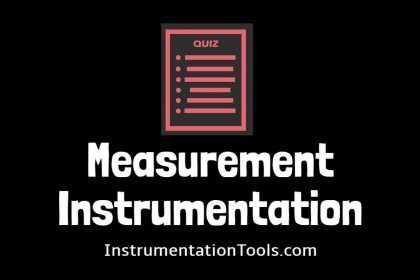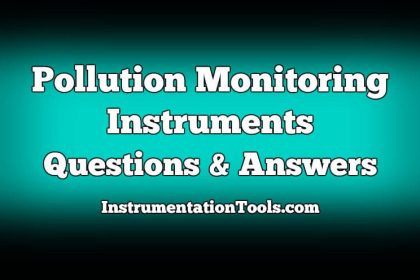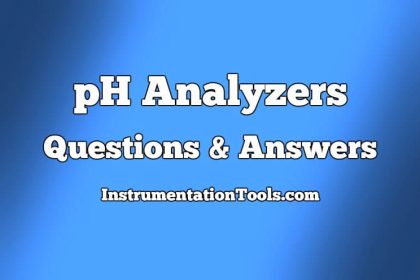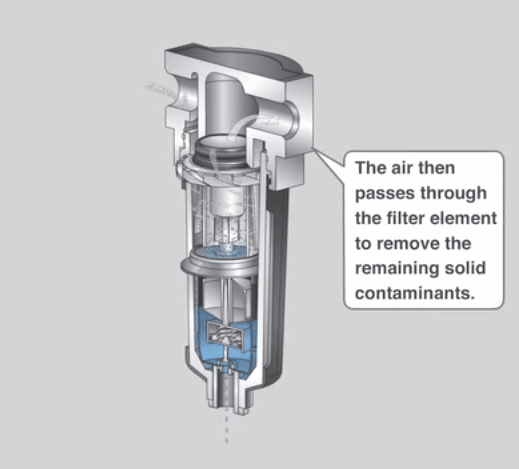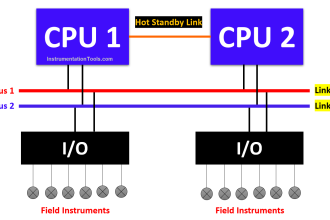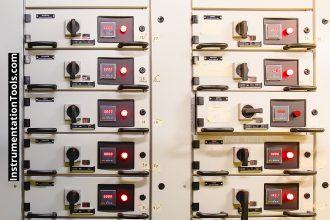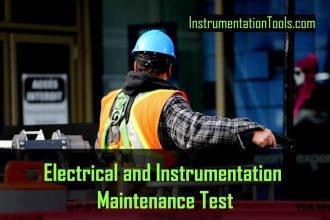Tuning of PID Controllers
1. The input of a controller is
a) Sensed signal
b) Error signal
c) Desired variable value
d) Signal of fixed amplitude not dependent on desired variable value
Answer: b
Explanation: Controller is the block in the control system that control the input and provides the output and this is the first block of the system having the input as the error signal.
2. Phase lag controller:
a) Improvement in transient response
b) Reduction in steady state error
c) Reduction is settling time
d) Increase in damping constant
Answer: b
Explanation: Phase lag controller is the integral controller that creates the phase lag and does not affect the value of the damping factor and that tries to reduce the steady state error.
3. Addition of zero at origin:
a) Improvement in transient response
b) Reduction in steady state error
c) Reduction is settling time
d) Increase in damping constant
Answer: a
Explanation: Stability of the system can be determined by various factors and for a good control system the stability of the system must be more and this can be increased by adding zero to the system and improves the transient response.
4. Derivative output compensation:
a) Improvement in transient response
b) Reduction in steady state error
c) Reduction is settling time
d) Increase in damping constant
Answer: c
Explanation: Derivative controller is the controller that is also like high pass filter and is also phase lead controller and it is used to increase the speed of response of the system by increasing the damping coefficient.
5. Derivative error compensation:
a) Improvement in transient response
b) Reduction in steady state error
c) Reduction is settling time
d) Increase in damping constant
Answer: d
Explanation: Damping constant reduces the gain, as it is inversely proportional to the gain and as increasing the damping gain reduces and hence the speed of response and bandwidth are both increased.
6. Lag compensation leads to:
a) Increases bandwidth
b) Attenuation
c) Increases damping factor
d) Second order
Answer: b
Explanation: Phase compensation can be lead, lag or lead lag compensation and integral compensation is also known as lag compensation and leads to attenuation which has least effect on the speed but the accuracy is increased.
7. Lead compensation leads to:
a) Increases bandwidth
b) Attenuation
c) Increases damping factor
d) Second order
Answer: a
Explanation: High pass filter is similar to the phase lead compensation and leads to increase in bandwidth and also increase in speed of response.
8. Lag-lead compensation is a:
a) Increases bandwidth
b) Attenuation
c) Increases damping factor
d) Second order
Answer: d
Explanation: Lag-Lead compensation is a second order control system which has lead and lag compensation both and thus has combined effect of both lead and lag compensation this is obtained by the differential equation.
9. Rate compensation :
a) Increases bandwidth
b) Attenuation
c) Increases damping factor
d) Second order
Answer: c
Explanation: Damping factor is increased for reducing the oscillations and increasing the stability and speed of response which are the essential requirements of the control system and damping factor is increased by the rate compensation.
10. Negative exponential term in the equation of the transfer function causes the transportation lag.
a) True
b) False
Answer: a
Explanation: Transportation lag is the lag that is generally neglected in systems but for the accurate measurements the delay caused to transport the input from one end to the other is called the transportation lag in the system causes instability to the system.
